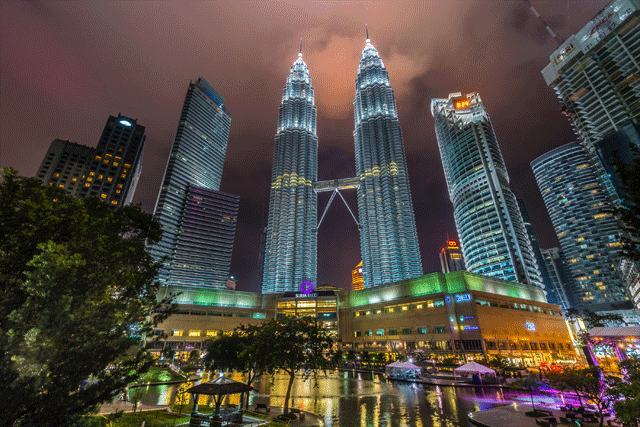To Edit Or Not To Edit
A quick 2 minute edit in Lightroom can bring out hidden details in the shadow area of this image.
One question I get asked a lot by my students is “Do you edit your photos?”. And the answer that I give is “Why, yes of course!”. Typically that’s followed by another question, “But isn’t that cheating?”. Hm... short pause, and then I’ll go at length to explain that we photographers edit our photos not because we purposefully go all out to create a fake image (although that is a separate discussion for another day), the main reason for us to edit a photo is to create an image that’s close to our vision, the art that we want the world to see. We edit because our camera sucks at capturing the full tonal range that our eyes can see, or bring out the nuance in colours that the camera otherwise fail to record. We edit to take our photos from good to great, not to be mistaken with editing to save a bad photo to OK photo. As the great Ansel Adams like to say, “you make photo, not take a photo”. I think what he means is that you take control of the process every step of the way to achieve the final results that you first saw in your mind’s eye. And that includes planning your location, angle to shoot, when to shoot, posing your model, choosing the right lens and props to use and many other factors. Now, granted he ‘edits’ his photos in a traditional dark room, making sure all the 10 zones are perfectly represented in his masterpieces, we now have great digital tools such as Adobe Lightroom at our disposal to do the same, if not more. So there’s no reason why we should explore this equally important part of a photography workflow, one that most beginners do not pay much attention to.
So to answer the follow up question of “Should I edit my photos?”. My answer is a resounding “Yes! Why not?” But don’t edit them because you feel you have to. If you’re perfectly content with how the image turns out right after you click the shutter, then let it be. But if you’re constantly feeling that your images lack punch, saturation, shadow details or even could use a simple crop to tell a better story, then it’s time to pick up the slack and learn to make your images even better.
Side note: the accompanying image of KLCC shot at night recently is a simple example of how a quick edit in Lightroom to bring out the saturation, shadow details and lens distortion can lead to a better looking image than the RAW file that the camera produces.

